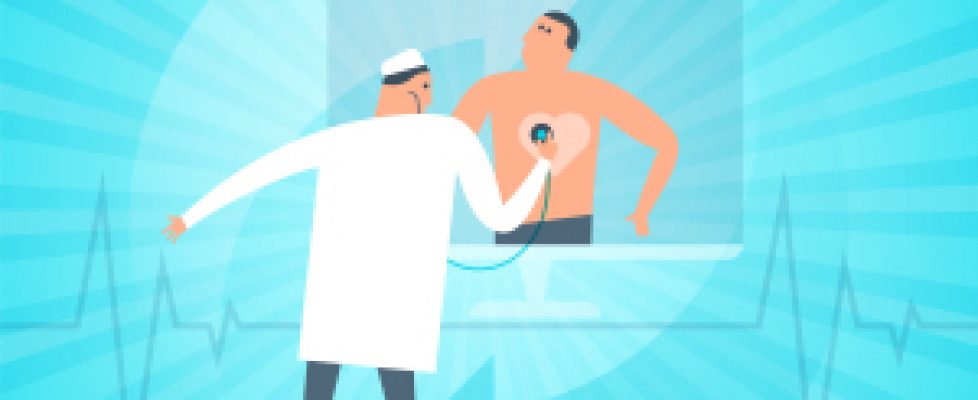Solving Community SARS-CoV-2 Testing With Telehealth: Development and Implementation for Screening, Evaluation and Testing
ABSTRACT
Background: Telehealth has emerged as a crucial component of the SARS-CoV-2 pandemic emergency response. Simply stated, telehealth is a tool to provide health care from a distance. Jefferson Health has leveraged its acute care telehealth platform to screen, order testing, and manage patients with COVID-19–related concerns.
Objective: This study aims to describe the expansion and results of using a telehealth program to increase access to care while minimizing additional potential exposures during the early period of the COVID-19 pandemic.
Methods: Screening algorithms for patients with SARS-CoV-2–related complaints were created, and 150 new clinicians were trained within 72 hours to address increased patient demand. Simultaneously, Jefferson Health created mobile testing sites throughout eastern Pennsylvania and the southern New Jersey region. Visit volume, the number of SARS-CoV-2 tests ordered, and the number of positive tests were evaluated, and the volume was compared with preceding time periods.
Results: From March 8, 2020, to April 11, 2020, 4663 patients were screened using telehealth, representing a surge in visit volume. There were 1521 patients sent to mobile testing sites, and they received a telephone call from a centralized call center for results. Of the patients who were tested, nearly 20% (n=301) had a positive result.
Conclusions: Our model demonstrates how using telehealth for a referral to central testing sites can increase access to community-based care, decrease clinician exposure, and minimize the demand for personal protective equipment. The scaling of this innovation may allow health care systems to focus on preparing for and delivering hospital-based care needs.

